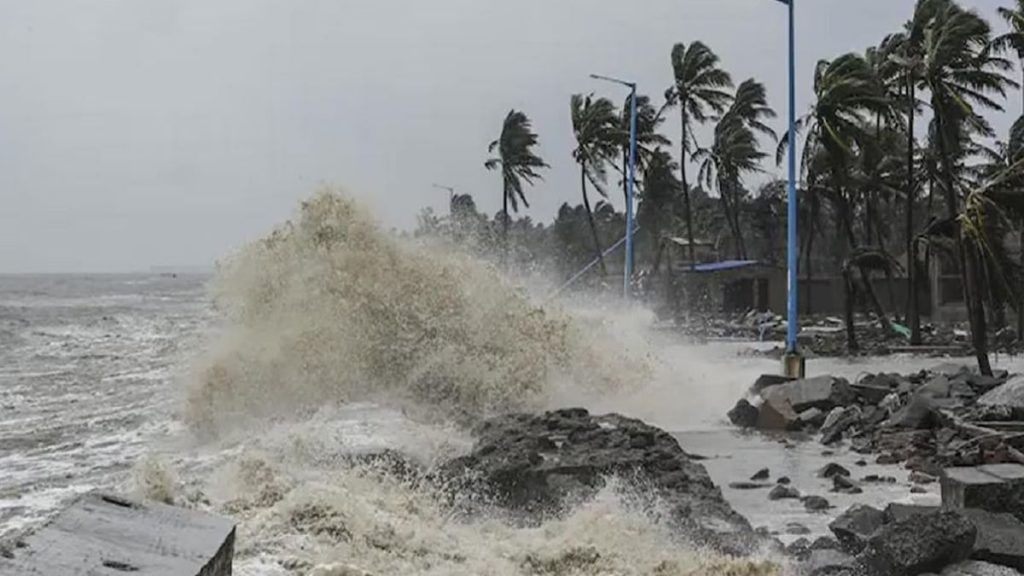In the latest update from the Indian Meteorological Department (IMD), a cyclonic storm named Biporjoy has formed in the Arabian Sea, prompting authorities to issue warnings and precautions in coastal regions. With the potential to cause significant damage and disruption, the cyclone demands attention and preparedness from the affected areas. This article aims to provide an overview of Cyclone Biporjoy, its predicted path, potential impact, and necessary safety measures for residents and authorities.

Cyclone Biporjoy Live Update: Massive Rain and High Alert In The Area
Cyclone Biporjoy, the first named cyclonic storm in the Arabian Sea this year, originated from a low-pressure area that formed over the southeast Arabian Sea. As it intensified, the IMD classified it as a cyclonic storm on [insert date]. The storm’s name “Biporjoy” was suggested by Bangladesh and means “victory” in Bengali.
Tracking and Predicted Path
The IMD, equipped with advanced weather monitoring systems and models, has been closely monitoring the progress of Cyclone Biporjoy. As of now, the cyclone is moving in a north-northwest direction, and its predicted path indicates that it will approach the Gujarat coast in the coming days. However, the precise landfall location and intensity are subject to change based on various atmospheric factors.
Potential Impact and Precautionary Measures
Cyclone Biporjoy is expected to bring heavy rainfall, strong winds, and storm surges along the coastal areas of Gujarat. The IMD has issued warnings to fishermen, advising them not to venture into the sea during this period. The coastal districts of Gujarat, including Porbandar, Amreli, Gir Somnath, and Junagadh, are particularly at risk.
To mitigate the potential impact of the cyclone, the local authorities have initiated precautionary measures. These include:
- Evacuation Plans: Vulnerable coastal areas and low-lying regions are being identified for potential evacuation. Authorities are coordinating with local communities to ensure timely evacuation and relocation to safer locations.
- Communication and Awareness: Efforts are being made to disseminate accurate and timely information about the cyclone to the public. This includes using mass media, social media platforms, and community engagement to raise awareness about the cyclone’s potential impact and necessary safety measures.
- Essential Supplies and Emergency Services: Local administrations are stockpiling essential supplies such as food, water, medicines, and fuel to meet the needs of affected communities. Emergency services, including medical facilities, are also being prepared to handle any emergencies that may arise during the cyclone.
- Safety Guidelines: Residents in the affected areas are being urged to follow safety guidelines issued by the authorities. These guidelines include staying indoors, securing loose objects, avoiding travel unless necessary, and maintaining communication through reliable channels.
